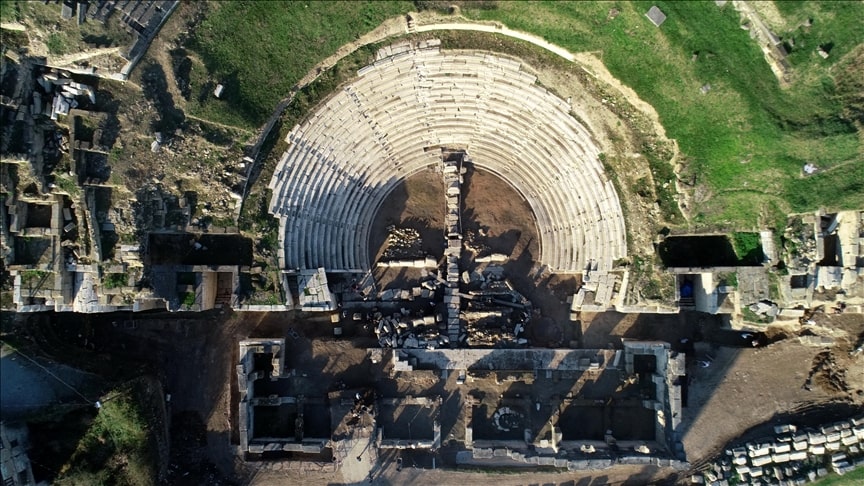
As excavations continue in the northwestern province of Düzce, archaeologists have discovered the orchestra floor of the theater area in the ancient city of Prusias ad Hypium, known as the “Ephesus of the Western Black Sea.” .
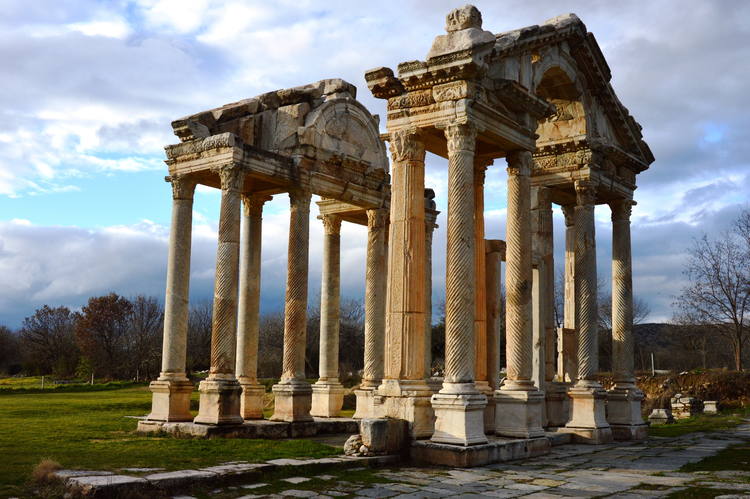
With the support of the Konuralp Museum Directorate and the Düzce Municipality, excavations continue in the ancient city, which is known to be the oldest settlement in the region.
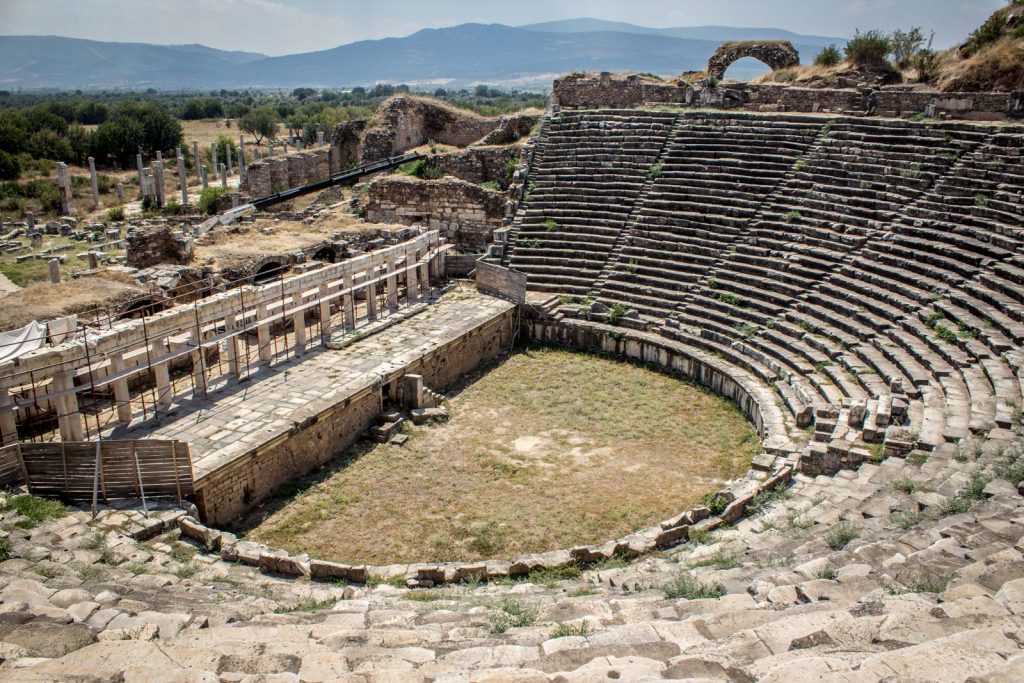
Although new structures have been built on the archaeological site dating back to the 3rd century BC, the underground structure remains intact. This has allowed the excavation of various buildings on the site, including an ancient theater, city walls, aqueducts and a Roman bridge.
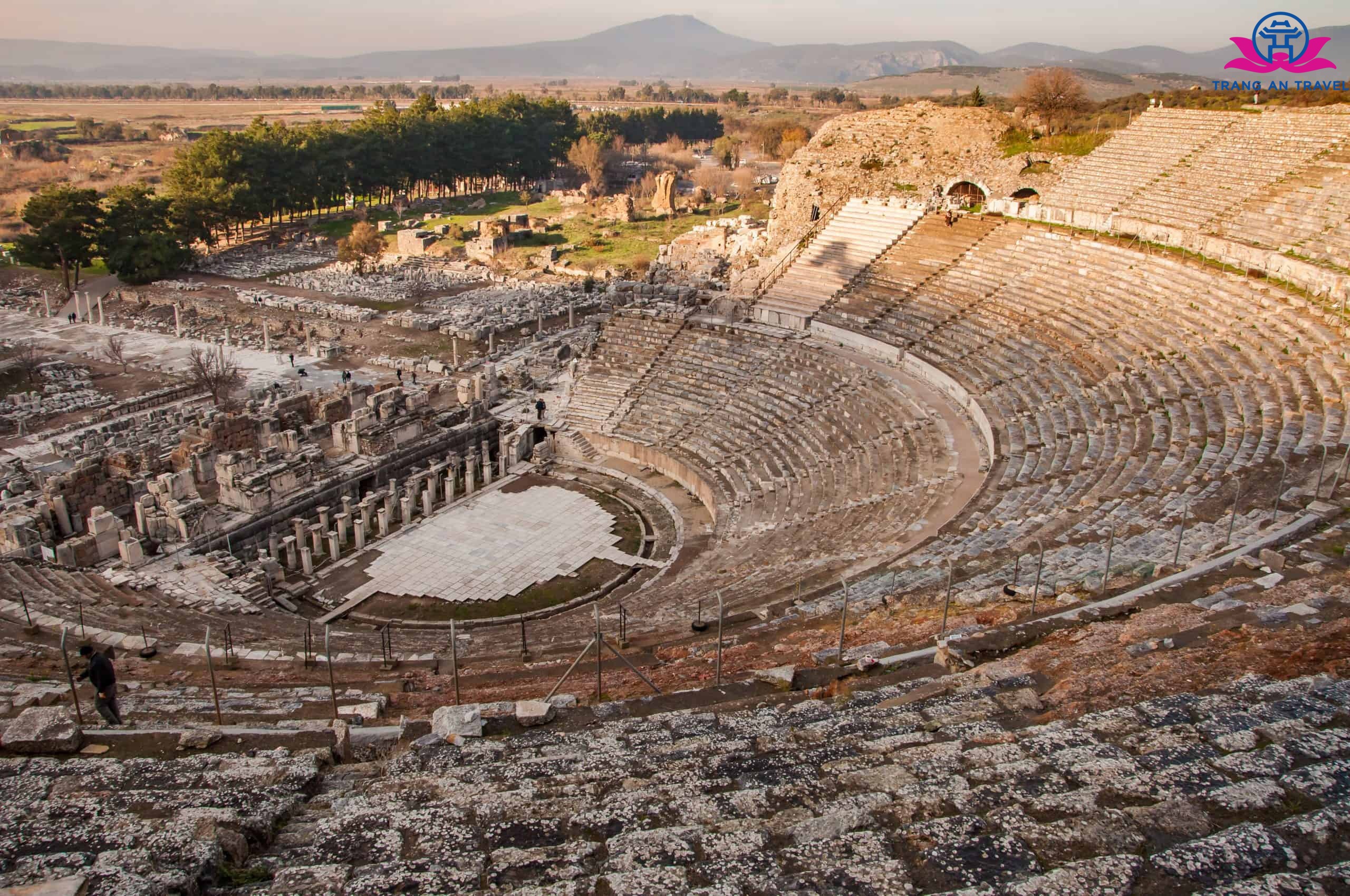
Sculptures of Medusa and masks, grotesque creatures believed to be 2,000 years old, and a stage canopy were discovered during excavations in the theater area. Archaeologists continued their hard work in the theater area, reaching the orchestra floor of the stage department. According to their inspection, the intact floor was made of stucco.

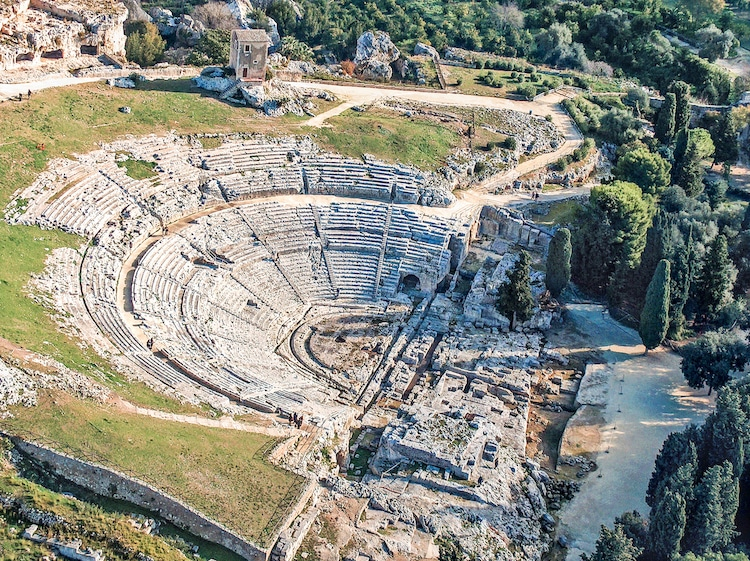
Examining the tilted and broken statues and stone columns during construction, experts assessed that the destroyed structure was due to a serious natural disaster when the city was located in a level 1 earthquake zone.
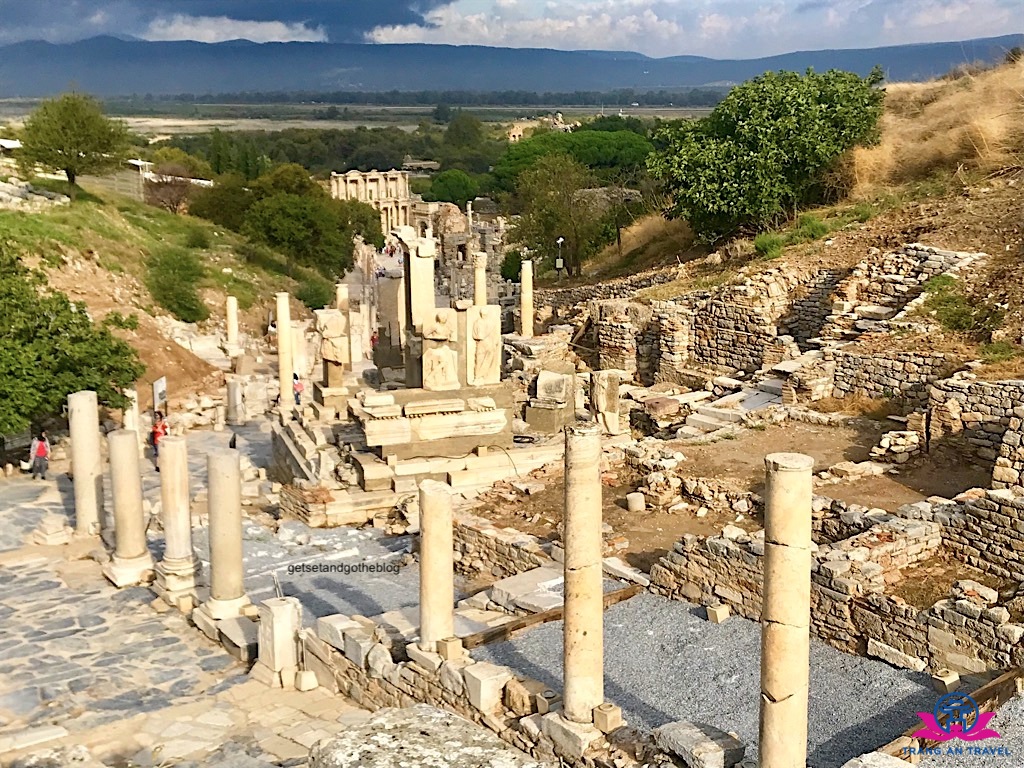
Speaking to Anadolu Agency (AA), Güldemet Yıldız Dursun, an archaeologist from the Düzce City Cultural Department, said that the theater, where archaeological work continues, is one of the architectural works the largest has existed for 2,000 years.
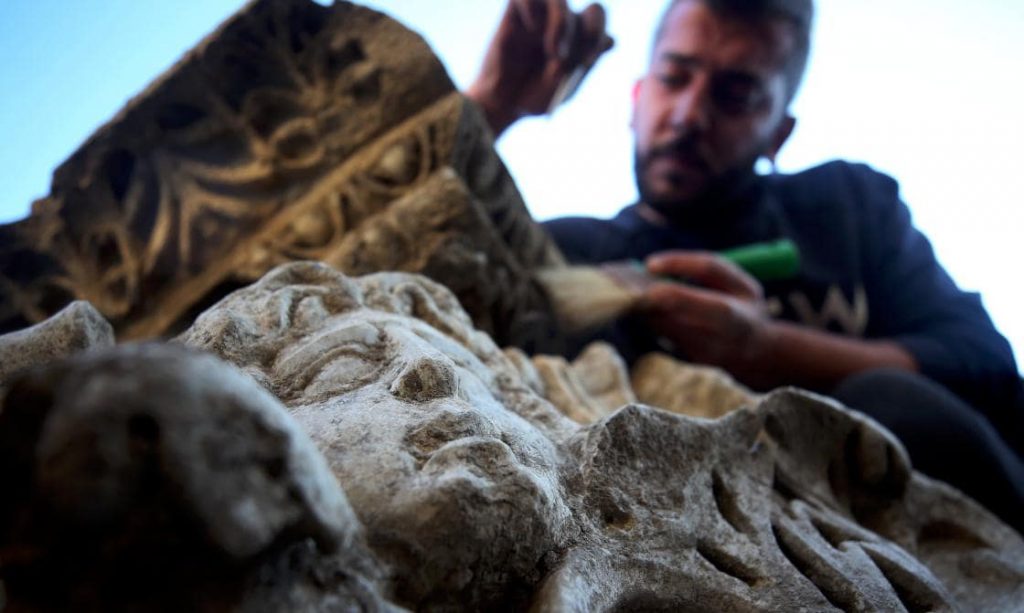
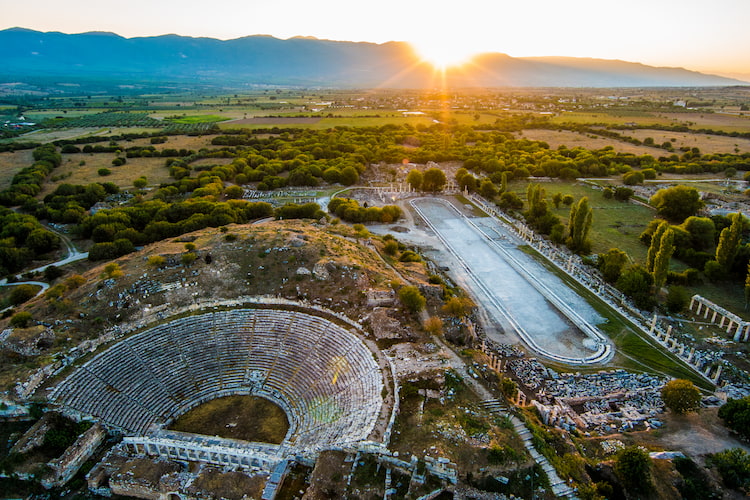
Noting that they had recorded the findings in the theater section, Dursun said the orchestra floor would be restored according to methods preferred by experts.

The ancient city of Prusias ad Hypium was known as “Hypios” and “Kieros” in earlier times. It was captured by Prusias I of Bithynia and the people of Bithynia named the city in honor of their king.
However, Bithynia went bankrupt due to its people’s lavish lifestyle. The people of Bithynia left the kingdom to the Romans, which began Latin influence on the city. The city was already rich in architecture but developed even more strongly during the Roman period. It is called Prusias ad Hypium.




